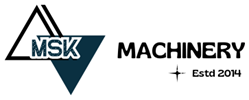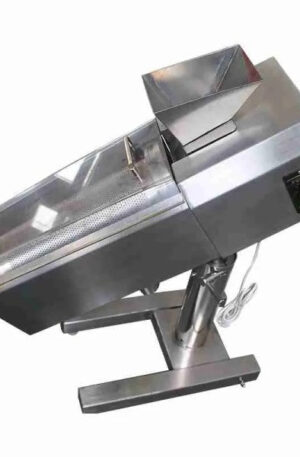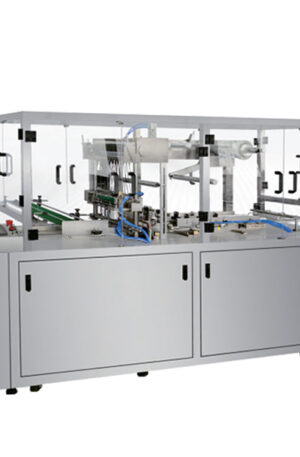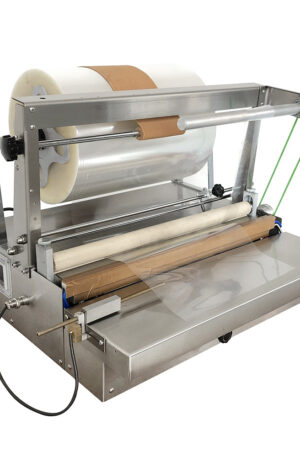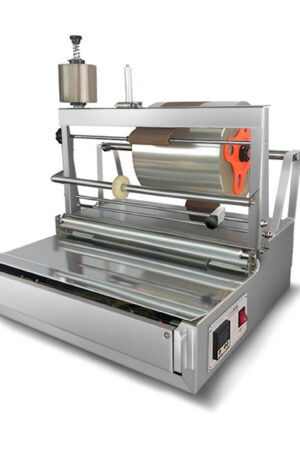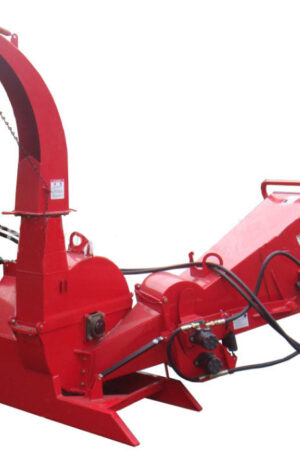Title: “The Evolution of Pharmaceutical Machinery: A Journey through Innovation”
Pharmaceutical machinery has undergone a remarkable evolution over the years, driven by the need for increased efficiency, precision, and compliance with regulatory requirements. Among the key machines in the pharmaceutical manufacturing process are the table press machine and the capsule filling machine. These machines play a crucial role in the production of tablets and capsules, which are two of the most common dosage forms used for drug delivery.
The table press machine, also known as a tablet press, is a mechanical device that compresses powdered ingredients into tablets of uniform size and weight. Modern table press machines are equipped with advanced features such as automatic feeding systems, real-time monitoring of compression force and tablet weight, and the ability to produce tablets with intricate designs for branding and identification. The Tablet Deduster Machine (TDP) and Tablet Hardness Tester (THDP) are essential components of the table press machine that ensure the quality and consistency of the tablets produced.
On the other hand, capsule filling machines are used to fill empty gelatin or vegetarian capsules with powdered, granular, or liquid medications. These machines are designed to accurately fill capsules with the desired dosage of active pharmaceutical ingredients while ensuring that the capsules are properly sealed to prevent leakage or contamination. Capsule filling machines come in different configurations, including manual, semi-automatic, and fully automatic models, each offering varying levels of production capacity and efficiency.
The evolution of pharmaceutical machinery has been marked by technological advancements that have revolutionized the manufacturing process. For example, the integration of computerized systems and data analytics has enabled pharmaceutical companies to optimize production processes, minimize errors, and ensure compliance with regulatory standards. Furthermore, the use of materials such as stainless steel and other corrosion-resistant alloys has enhanced the durability and cleanliness of pharmaceutical machinery, thereby improving product quality and safety.
In conclusion, the evolution of pharmaceutical machinery, particularly table press machines and capsule filling machines, has been driven by a relentless pursuit of innovation and excellence in drug manufacturing. From the introduction of the first manual table press machines to the sophisticated automated systems used today, pharmaceutical machinery has come a long way in meeting the growing demands of the industry. As technology continues to advance, we can expect further improvements in pharmaceutical machinery that will revolutionize the way drugs are produced and delivered to patients around the world.
